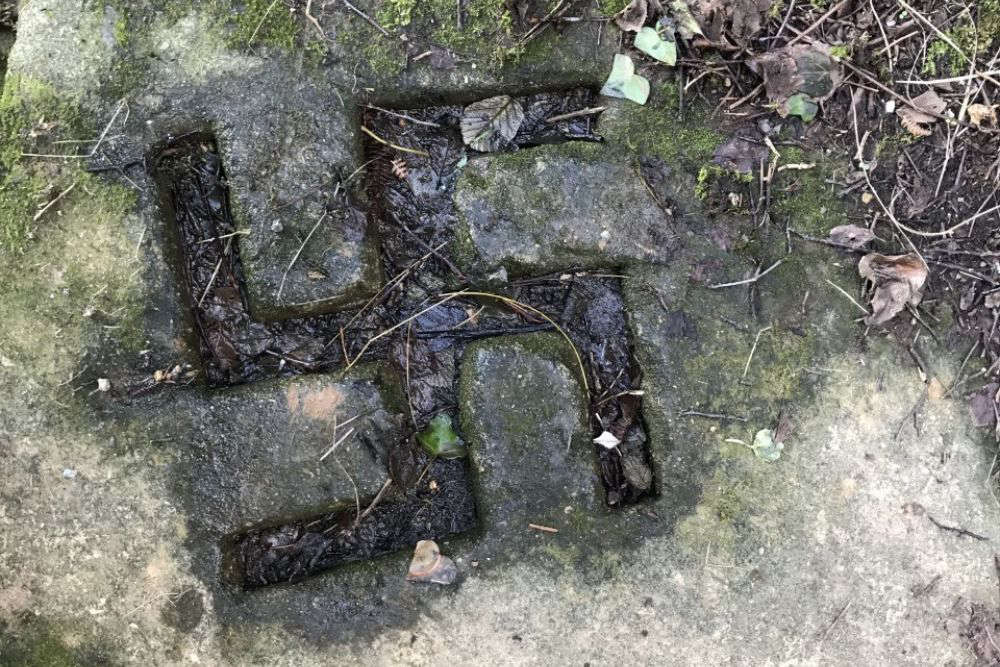
Piers Secunda has created a series of images on the exploitation and execution of slave workers in Alderney.
Piers Secunda specialises in art that reflects conflict and has created work on ISIS, Iraq and Afghanistan.
His current exhibition at the Cromwell Place Gallery in South London, 15 March to 15 April 2023, looks at the life and death of forced labourers and slave workers in Alderney in WW2.
His interest was sparked by a friend who sent photos of what appeared to be a bullet damaged wall at Platte Saline, in the fort used by Blanchards builders merchants as a sand store.
"The more I thought about that wall, and the secluded location of it, the more I wanted a professional opinion."
"I went back a few months later and took a mold of the wall."
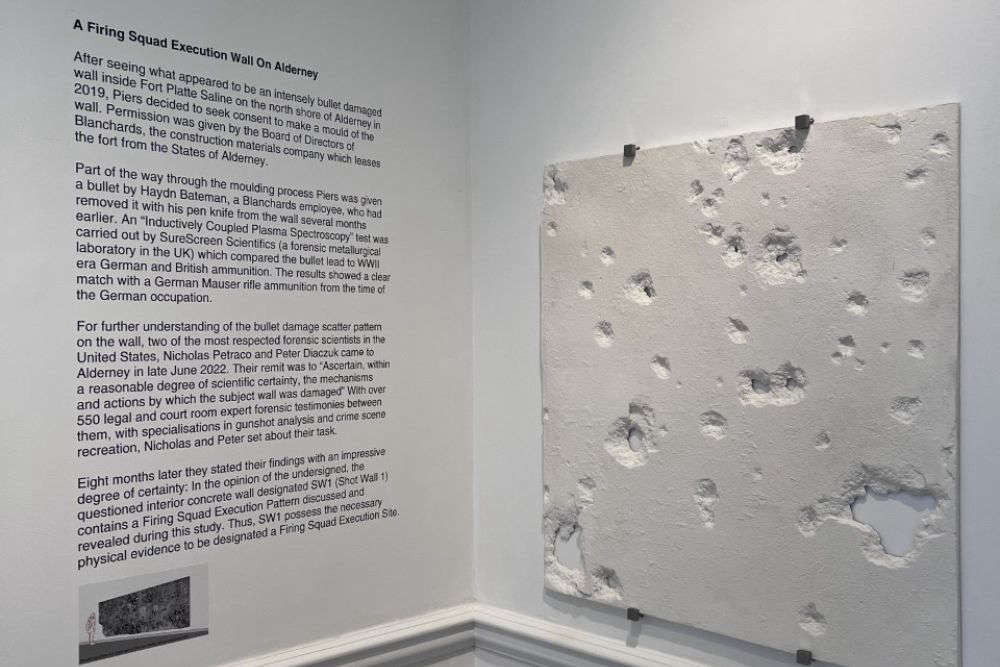 Piers Secunda's 'Shot Wall' at the Cromwell Place Gallery (courtesy of Piers Secunda)
Piers Secunda's 'Shot Wall' at the Cromwell Place Gallery (courtesy of Piers Secunda)
He consulted two forensics experts in the US.
"One of them worked for the NYPD for 40 years. They specialise in gunshot damage, bullet impact marks and crime scene recreation, shootings, ricochet, bullet residue. It's all about chemical analysis and physics. They came to the island in June 2022 and my remit was, look at the wall and see if you can figure out what happened here."
He says their investigation was conclusive:
"The concrete wall inside Platte Saline contains a firing squad execution pattern. The wall possesses the necessary physical evidence to be designated a firing squad execution site."
They pinpointed the ammunition to be from German Mauser rifles.
A British intelligence officer sent to Alderney following the Occupation concluded that around 330 workers had died at the hands of the Germans. That number has repeatedly been disputed as being far too conservative, but until now, no one appears to have found evidence of the execution of slave labourers at Platte Saline.
Piers Secunda's exhibition captures original WW2 images from Alderney and prints them on brightly coloured backgrounds.
These include the SS labour camp near the airport known as Sylt, one of its officers, Major Otto Hogelow, who was known for his cruelty, and two captured Russians sent to Alderney as slave labourers. A mold of the firing squad wall is also included.

Major Otto Hogelow courtsey of Piers Secunda
To make the prints as authentic as possible, Piers used cordite from German ammunition, given to him by two islanders:
"I ground the burnt cordite until it was a very fine powder and I handed it to the silk screen printer and I said 'make the prints with this.' So the prints are made with German cordite ink."
Piers says visitors to the gallery have been fascinated and surprised by what he, an artist, has uncovered about the dark side of Alderney's Occupation history:
"I can't believe the depth of information that you've found, the extent of what you've found, and how you've taken such complex subject matter an information and condensed it into works of art."
He also says it throws up questions about the history taught in English schools:
"It seems that nobody really knows this history in England. It's not taught, the way that we teach medieval history. Schools don't teach pupils in Britain that part of the UK was occupied by Germany."


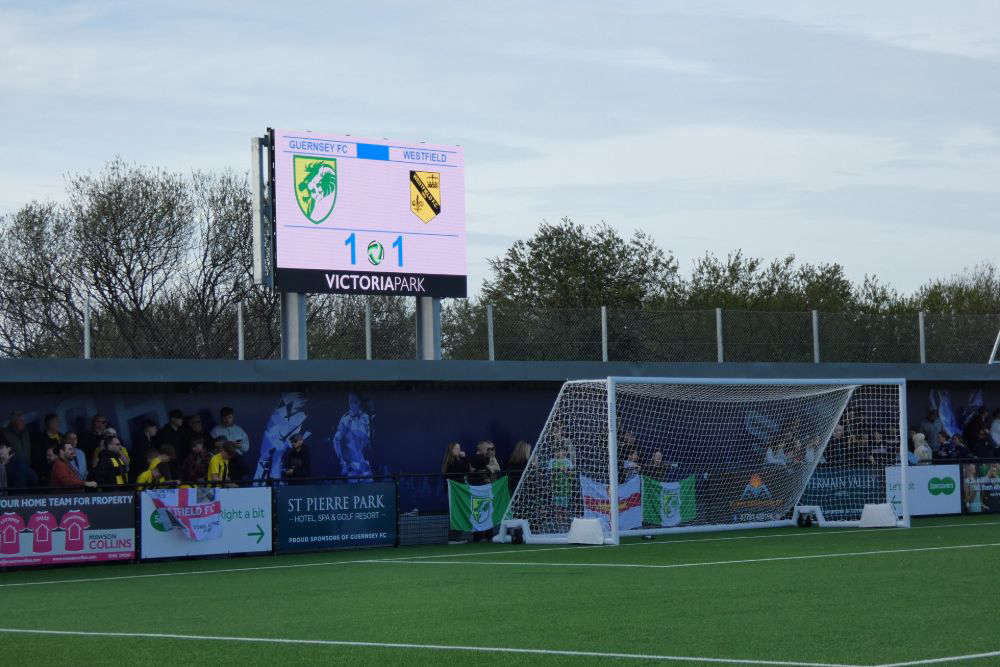 Guernsey grab a point at the new home of island football
Guernsey grab a point at the new home of island football
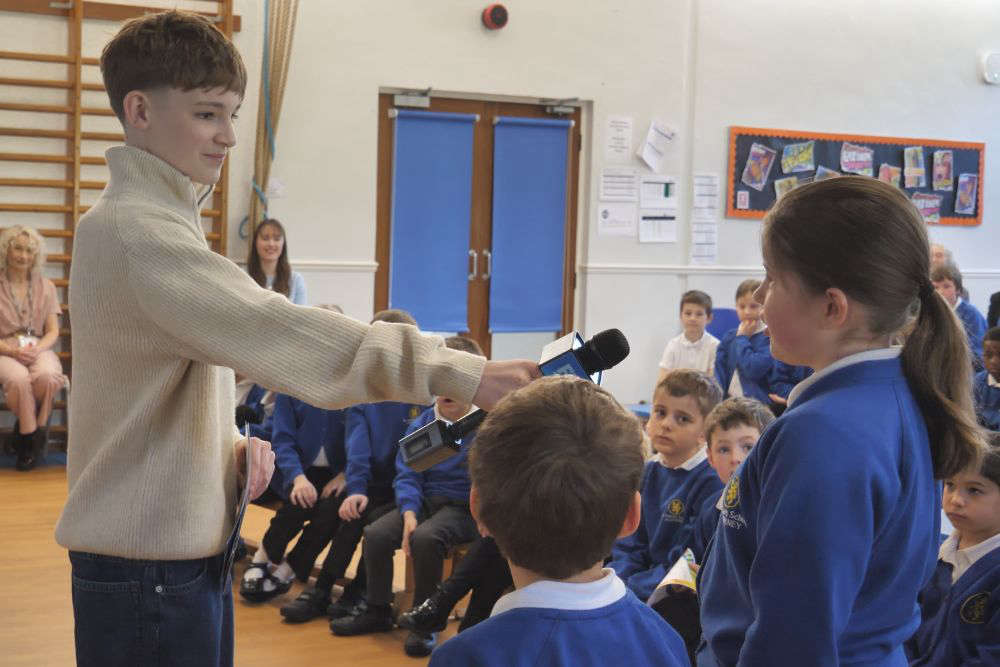 Alderney school joins global ocean programme
Alderney school joins global ocean programme
 Brittany Ferries takes control of Guernsey's sea links
Brittany Ferries takes control of Guernsey's sea links
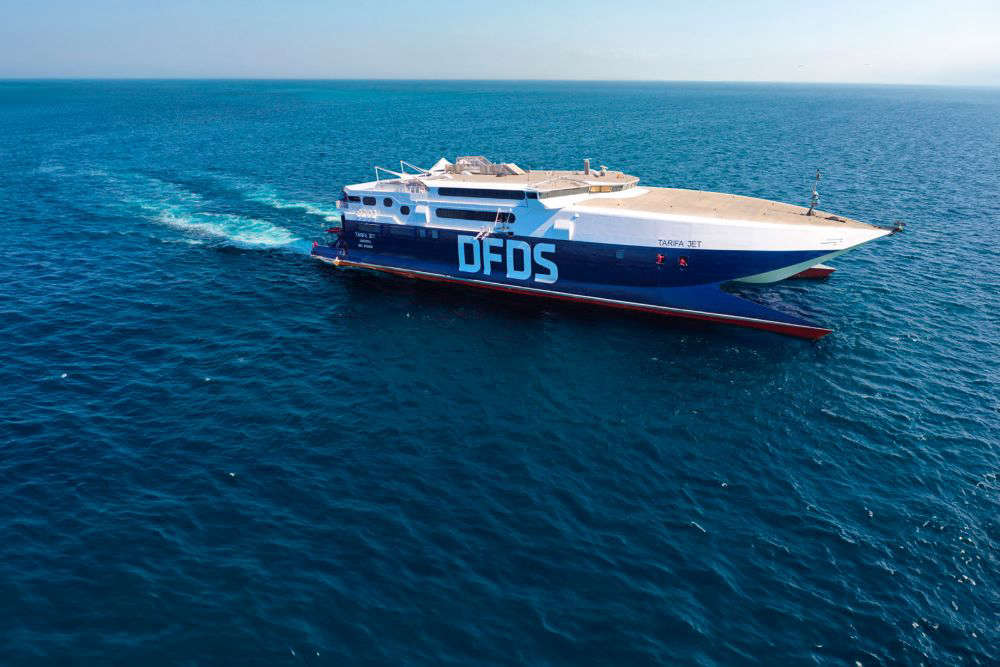 DFDS cancels first sailing to Jersey
DFDS cancels first sailing to Jersey
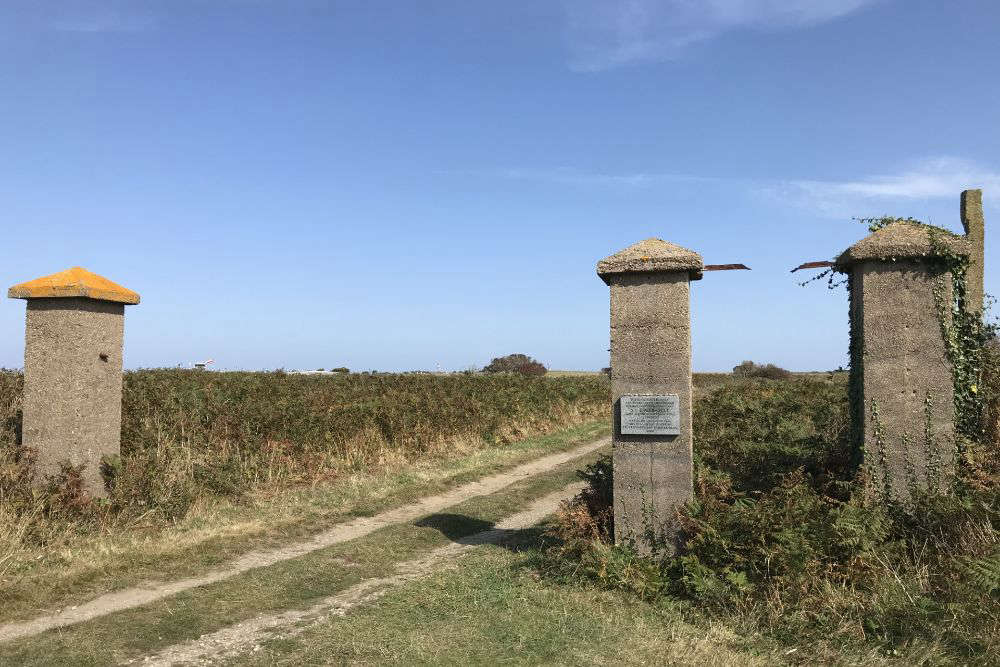 Figure behind new evidence on slave labour deaths in Alderney to step down
Figure behind new evidence on slave labour deaths in Alderney to step down
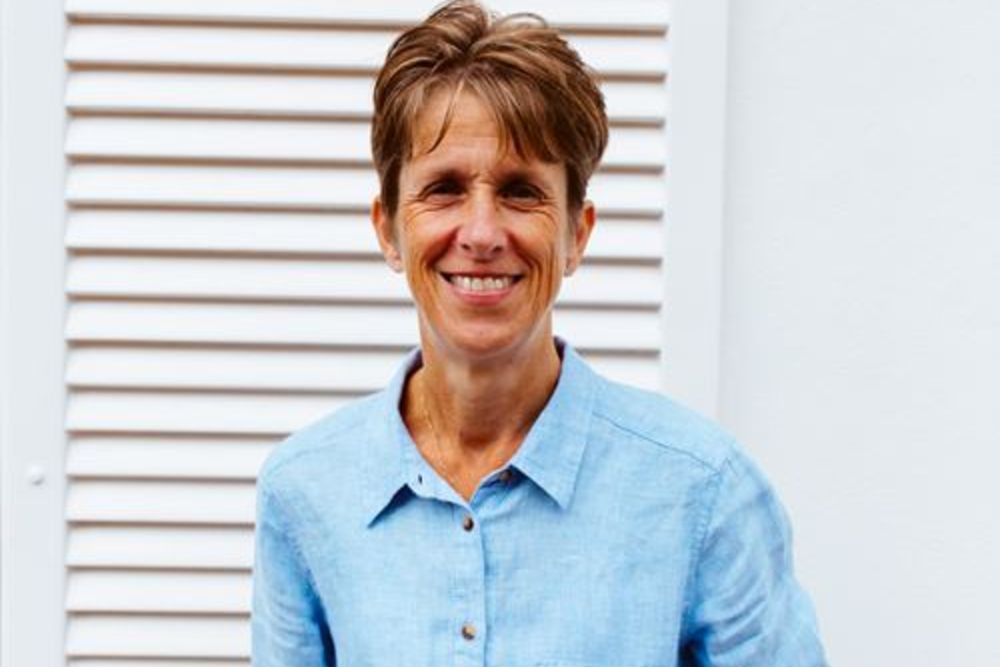 Senior Guernsey politician to step down after 13 years
Senior Guernsey politician to step down after 13 years
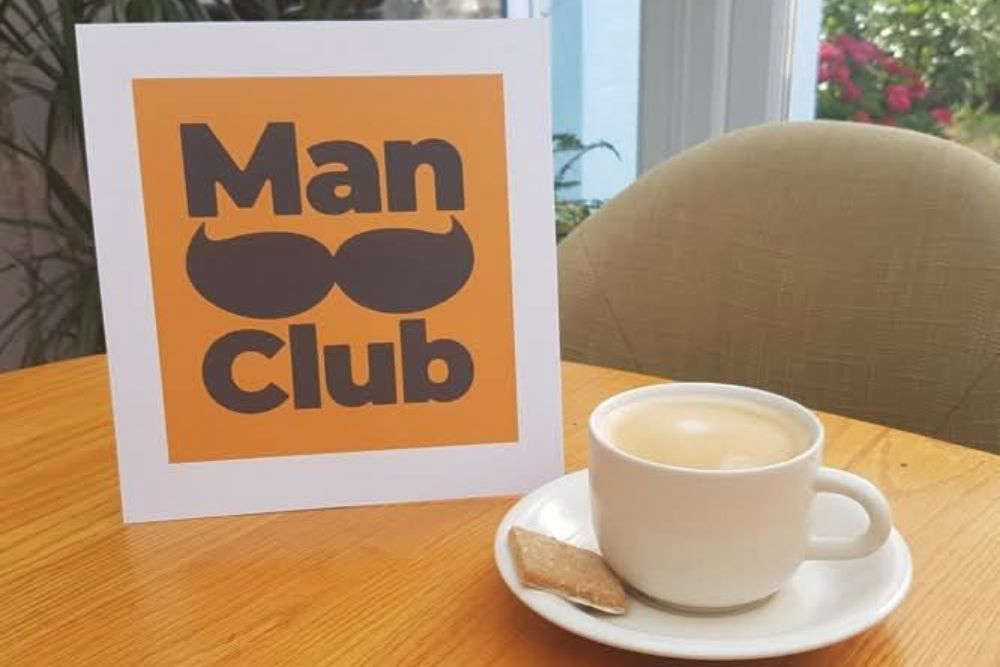 Men's mental health club expands into St Peter Port
Men's mental health club expands into St Peter Port
 CI rivalry extends to the salon as beauty students compete
CI rivalry extends to the salon as beauty students compete

